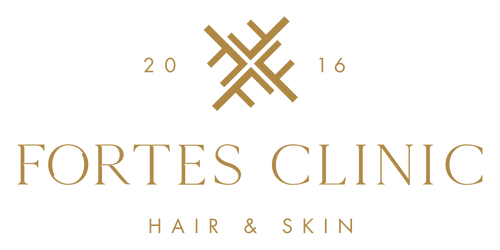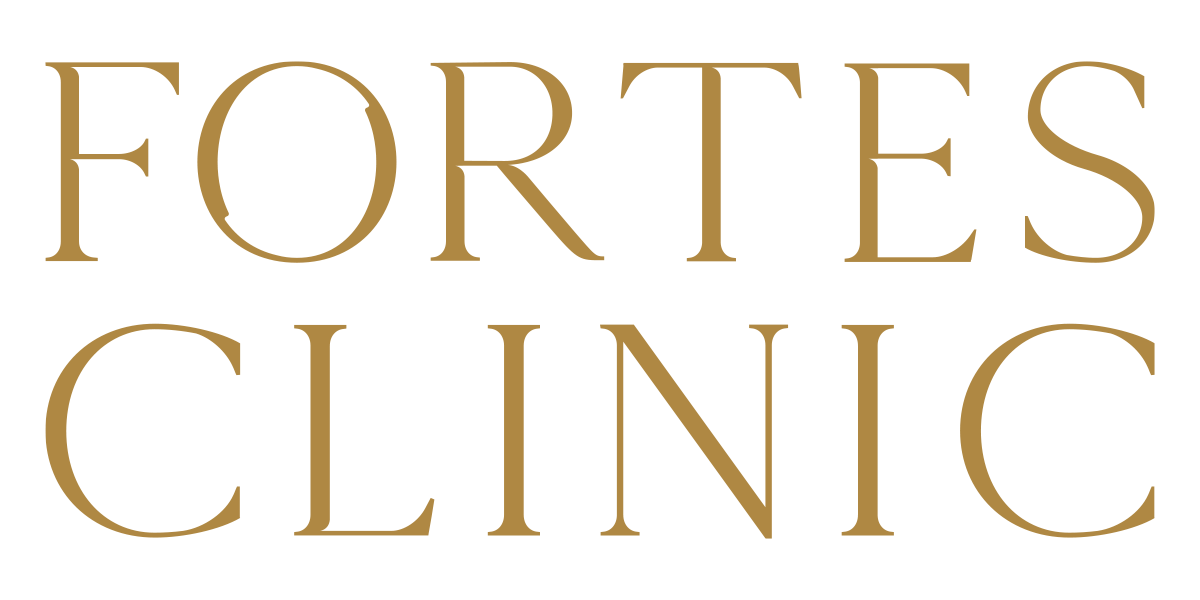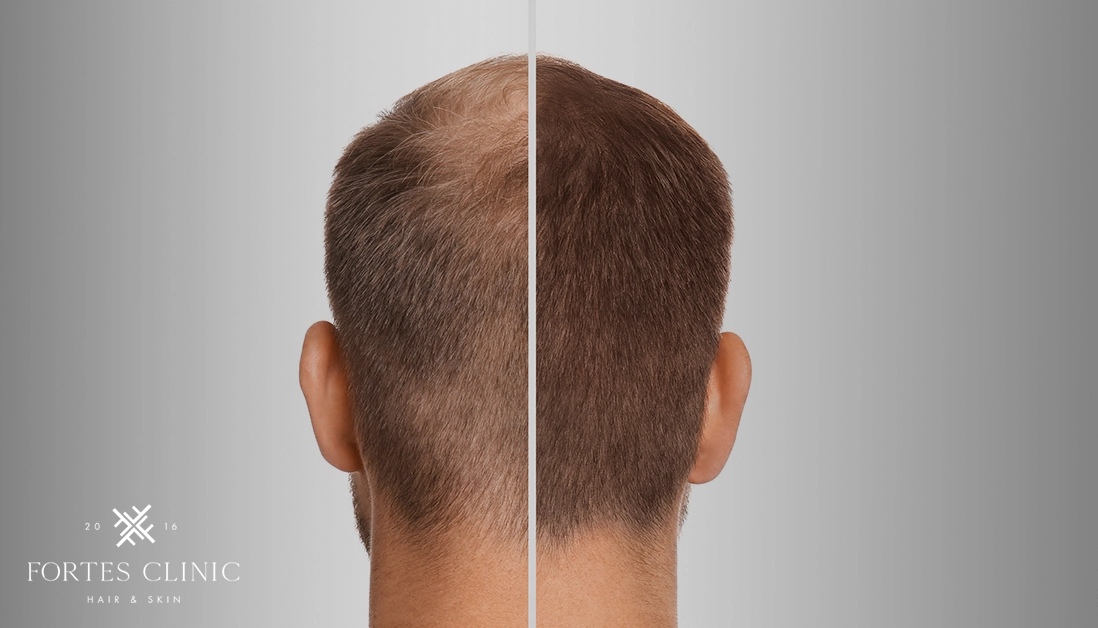Introduction to Topical Finasteride
Hair loss is a concern that affects millions of men worldwide. While oral finasteride has long been one of the most recognised treatments, an alternative form is becoming increasingly popular: topical finasteride. This treatment aims to deliver the same benefits as the oral version, but with potentially fewer side effects.
This guide explains what topical finasteride is, how it works, its effectiveness, possible side effects, and whether it could be a suitable option for you.
What Is Topical Finasteride?
Topical finasteride is a medication applied directly to the scalp to help slow or reverse hair loss. Like the oral version, it works by blocking the enzyme 5-alpha-reductase, which converts testosterone into dihydrotestosterone (DHT). DHT is widely understood to be the main hormone responsible for male pattern baldness.
By applying the medication locally rather than taking it by mouth, topical finasteride aims to reduce scalp DHT levels without affecting the rest of the body to the same degree. This targeted approach has gained attention as men look for solutions that fit into their lifestyle while lowering the chance of unwanted side effects.
How Does Topical Finasteride Work?
Topical finasteride targets hair follicles in areas affected by androgenetic alopecia (male pattern baldness). The reduction in scalp DHT can help prevent further follicle shrinkage and promote healthier, thicker regrowth over time.
Research shows that topical application leads to a significant drop in DHT levels in the scalp. Importantly, systemic absorption, the amount that enters the bloodstream, may be lower than with oral tablets, which is why some men see it as a safer option.
It is important to note that topical finasteride is not a “quick fix.” Like all hair loss treatments, results depend on consistency and patience. Men who apply the solution daily and continue treatment over several months are more likely to achieve noticeable benefits.
Topical vs Oral Finasteride
The main difference between the two treatments lies in how the medication is delivered.
- Oral finasteride: Taken as a daily tablet, it works systemically and reduces overall DHT levels in the body. This can be highly effective but sometimes causes side effects such as reduced libido or changes in mood.
- Topical finasteride: Applied directly to the scalp, it reduces DHT at the follicle level with less impact on the rest of the body.
For many men, the topical version provides reassurance that they are treating hair loss in a more targeted way. However, effectiveness and tolerability vary between individuals. Some may respond better to tablets, while others see the best outcome with a topical solution.
Effectiveness of Topical Finasteride
Several studies indicate that topical finasteride is effective at reducing hair loss and encouraging regrowth. Results often show a noticeable improvement within six months, with further gains over the course of a year.
In many cases, topical finasteride is prescribed in combination with minoxidil treatment, another well-known approach for hair restoration. The two medications can complement each other by targeting different aspects of follicle health.
Some patients also find that topical finasteride provides a psychological benefit. For men who are hesitant about systemic medication, having the option of a scalp-applied treatment can make it easier to commit to a long-term routine.
While oral finasteride remains the most extensively studied version, evidence suggests that topical application can provide comparable results for many men.
Possible Side Effects
One of the reasons men turn to topical finasteride is the perception of fewer side effects compared with tablets. Since it is applied to the scalp, less medication should enter the bloodstream.
That said, no treatment is entirely risk-free. Possible side effects may include:
- Mild scalp irritation or dryness
- Reduced libido (rare but possible if enough medication is absorbed systemically)
- Shedding in the early months, which can be part of the regrowth process
Most men tolerate topical finasteride well, but any side effects should be reported to a medical professional. It is also worth noting that hair restoration is a long-term process. If treatment is stopped, hair loss may resume within several months.
Who Should Consider Topical Finasteride?
Topical finasteride may be suitable for men who:
- Are experiencing early to moderate male pattern baldness
- Have concerns about taking oral tablets
- Want a treatment that focuses directly on the scalp
It is generally recommended for men over the age of 18 who are in good health. Women are not usually prescribed finasteride due to potential risks during pregnancy.
For men in the early stages of hair loss, starting treatment sooner rather than later is important. Once follicles have been dormant for too long, they are less likely to respond to medical therapy.
Treatment Process
When prescribed at Fortes Clinic, topical finasteride is tailored to each patient’s needs. Treatment usually involves applying the solution to the affected areas of the scalp once daily.
Regular reviews help monitor progress and adjust the approach if required. Many patients start to notice reduced shedding within a few months, followed by visible thickening in targeted areas. Long-term commitment to the treatment is often necessary to maintain results.
Combining Topical Finasteride With Other Treatments
Hair restoration often works best when treatments are combined. At Fortes Clinic, topical finasteride can be part of a broader plan that may include:
- Minoxidil therapy to encourage follicle activity
- PRP treatment to stimulate natural growth factors
- Hair transplant surgery for advanced hair loss
Each option has a specific role, and together they can maximise results. For example, some men use topical finasteride and minoxidil daily to maintain density, while considering a transplant for areas where follicles are no longer active.
Is Topical Finasteride Right for You?
Choosing the right treatment depends on your stage of hair loss, overall health, and personal preference. Topical finasteride offers a balance between effectiveness and reduced systemic exposure, making it an appealing choice for many men.
The best way to decide is through a consultation with a hair restoration specialist. A personalised assessment ensures you receive the treatment plan most suited to your needs. During this appointment, your medical history, expectations, and lifestyle are taken into account so that the solution provided is realistic and effective.
Summary
Topical finasteride is a promising treatment for male pattern baldness. It works by reducing scalp DHT levels, slowing hair loss, and supporting regrowth. Compared with oral finasteride, it may cause fewer systemic side effects while still delivering strong results.
For men concerned about thinning hair, topical finasteride provides a targeted, evidence-based solution. A consultation at Fortes Clinic can help you understand whether this treatment is the right step for you and how it can be integrated into a long-term hair restoration plan.



